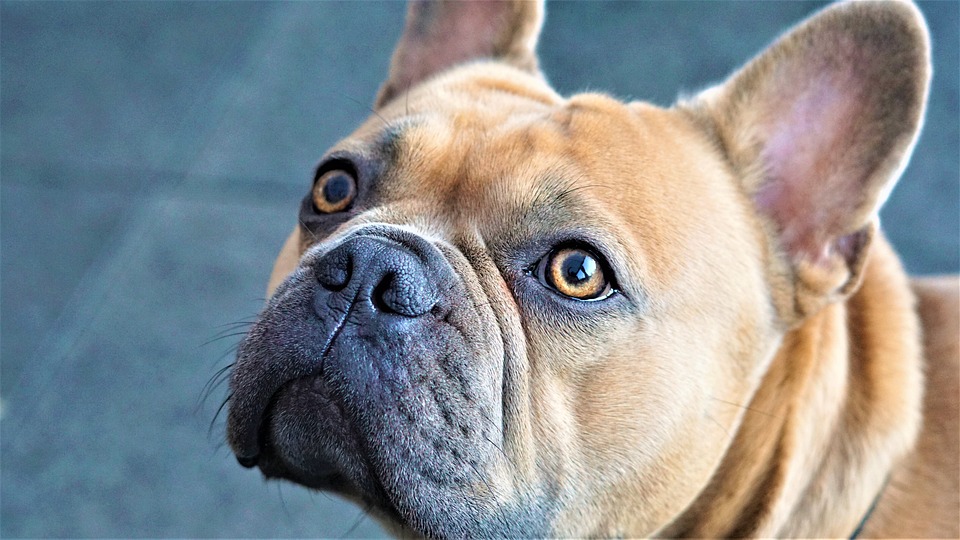**Title: Introducing a New Dog to Children: A Guide to Successful Integration**
**Introduction**
Bringing a new furry family member into your home is an exciting time for everyone, especially children. However, it’s crucial to approach the introduction of a new dog to children with careful consideration and planning. This article aims to provide valuable insights and practical tips to ensure a smooth and positive transition for both the dog and children. Additionally, we have included a FAQ section to address common concerns and questions. Let’s dive in!
**Understanding Dog Behavior and Child Dynamics**
Before introducing a new dog to children, it is essential to have a basic understanding of dog behavior and how children should interact with dogs. Dogs communicate differently than humans, and their body language can indicate whether they are comfortable or stressed. Teaching children to recognize these signs can prevent accidents and promote a harmonious relationship.
**Preparing for the Introduction**
Proper preparation is key to a successful dog-child introduction. This section will cover essential steps to take before the big day, ensuring a safe and positive experience for everyone involved.
1. **Selecting the Right Dog**: Choosing a dog breed or individual dog that is known for being child-friendly is crucial. Research different breeds and consult with experts or reputable breeders to find the perfect match for your family.
2. **Educating Children**: Before the new dog arrives, educate your children about responsible pet ownership and safe interactions with dogs. Teach them about appropriate petting, respect for personal space, and the importance of gentle play.
3. **Establishing Boundaries**: Create a designated space for the dog, such as a crate or a specific room, where they can retreat and have some alone time. Teach children to respect these boundaries and explain why they are important for the dog’s well-being.
**The First Meeting**
The initial interaction between your new dog and children can set the tone for their future relationship. By following these guidelines, you can help ensure a positive first meeting.
1. **Controlled Environment**: Choose a calm, quiet, and neutral location for the first meeting, such as a park or a neutral room in your home. Avoid overwhelming the dog with too many people or new surroundings.
2. **Supervision**: Always supervise the interaction between the dog and children, especially during the first few weeks. This allows you to intervene if necessary and prevent any potential conflicts.
3. **Calm Approach**: Encourage children to approach the dog calmly and without sudden movements. Remind them to avoid direct eye contact, as this can be intimidating for some dogs.
**FAQs – Common Concerns and Questions**
Q: **How long should the initial introduction between the dog and children last?**
A: The first meeting should be brief, lasting around 10-15 minutes. Gradually increase the duration and frequency of interactions as the dog becomes more comfortable.
Q: **What if my child is scared or nervous around dogs?**
A: It’s crucial to address your child’s fear or anxiety before introducing a new dog. Consider consulting with a professional dog trainer or animal behaviorist who can guide you through the process.
Q: **How can I prevent my child from accidentally hurting or provoking the dog?**
A: Teach your child to interact gently with the dog, avoiding rough play or pulling on the dog’s tail or ears. Supervision is key to ensure both parties’ safety.
Q: **What signs should I look for to determine if the dog is comfortable around children?**
A: Signs of a comfortable dog include relaxed body language, tail wagging, and seeking interactions with the children. However, it’s important to observe the specific cues of each individual dog, as some may have different comfort levels.
**Conclusion**
Introducing a new dog to children can be a delightful experience when approached with careful planning and consideration. By understanding both dog behavior and child dynamics, preparing in advance, and following proper introduction protocols, you can foster a strong and harmonious bond between your new furry friend and your children. Remember to prioritize safety, supervision, and open communication throughout the process. Happy dog-child integration!









